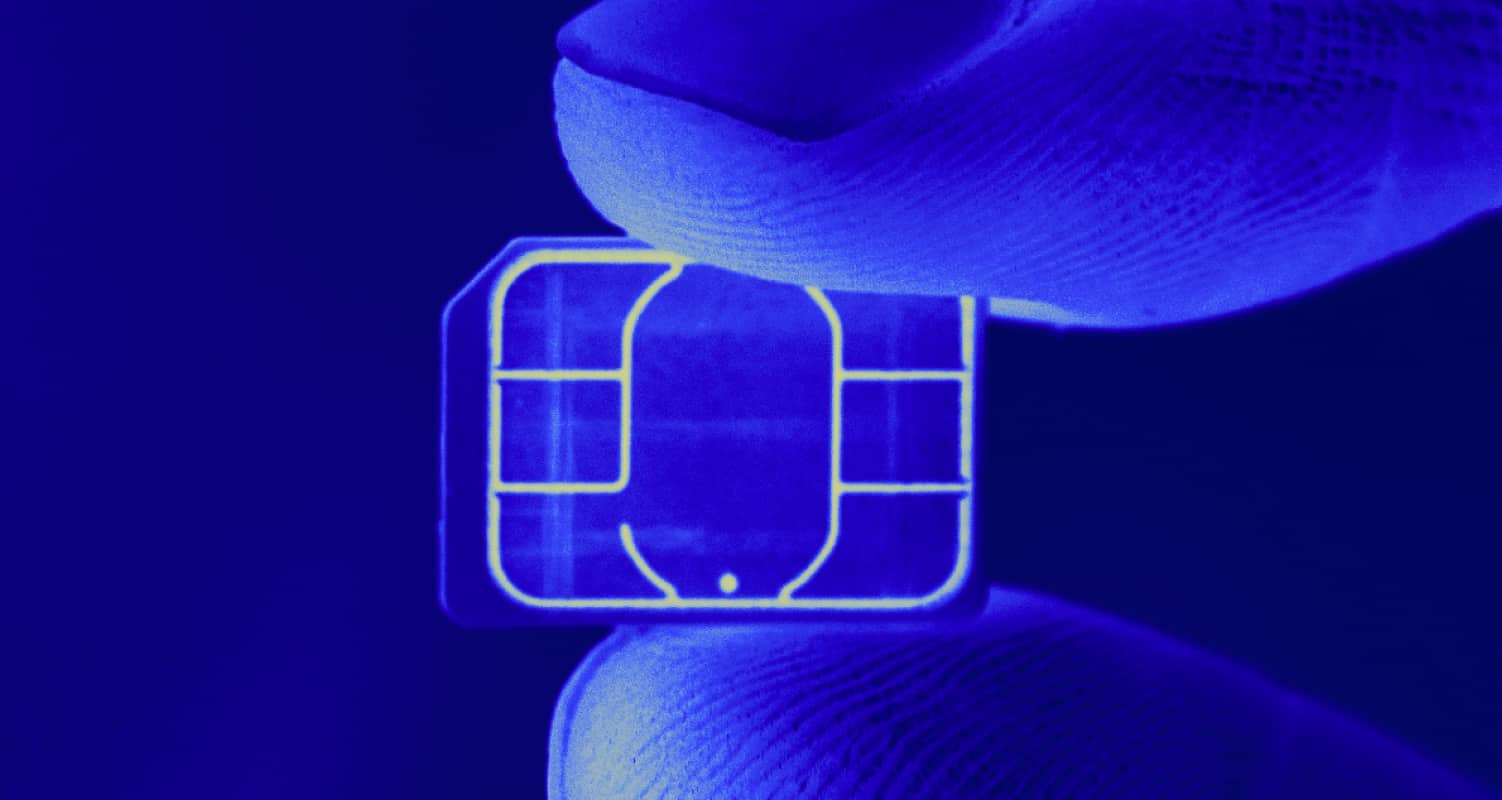
The rise of SIM swap fraud, also known as SIM swapping or SIM card swap fraud, poses a significant threat in our digital landscape. Fraudsters who have a mobile user’s sensitive data can use that to illicitly transfer the SIM card to themselves. Once they have control of the phone number of the SIM card, they can then pose as the original user and commit crimes like logging into bank accounts and transferring money, as in the examples listed below. This blog delves into understanding what SIM swap is, its mechanics, signs of being a victim, and protection methods including via fraud detection technology.
What is SIM swapping?
A SIM card is needed for a mobile phone to have service for calls, texts, data and more. SIM stands for subscriber identity module and points a cellphone device to a mobile network. The SIM card is tied to a phone number.
SIM swap fraud involves a criminal manipulating a mobile service provider to transfer a victim's phone number to a SIM card under their control. This action grants them access to sensitive data and personal accounts, for example by being able to receive two-factor authentication codes to reset passwords or log in to accounts.
Understanding SIM swap attack dynamics
SIM swapping attacks are often preceded by social engineering tactics, where fraudsters gain the trust of their target to gather sensitive personal information. This knowledge aids them in convincing mobile operators to execute the swap. Phishing is one common social engineering method fraudsters will undertake for a SIM swap scam. Phishing scams try to trick a user into revealing their sensitive data or clicking a realistic-looking fake link, by posing as a legitimate business.
How to tell if you’ve been SIM swapped
Key indicators of SIM card swap fraud include sudden loss of mobile service. The mobile phone will stop working and not have any reception – this is because the SIM card or phone number has been removed and transferred by the fraudster via the mobile company. Immediate action is crucial upon noticing these signs.
Examples of SIM swap fraud
The consequences of falling victim to a SIM swap scam can be devastating. In 2022, a Florida man made headlines after he lost his life savings of $700,000 to SIM swap fraud, triggering an FBI investigation. Another woman likewise lost her life savings when she discovered her mobile phone stopped working and went to the mobile carrier, then found that her bank accounts had been drained via wire transfers.
How does SIM swap fraud work?
One common example of SIM swap would go like this: a victim will suddenly lose mobile service. Unbeknownst to them, a fraudster had successfully convinced their mobile provider to switch the victim's number to a new SIM card. The criminal then gains access to the victim's bank accounts linked to the phone number and drains significant funds. This highlights the importance of being vigilant and underscores the necessity of advanced security measures like identity verification.
Onfido's biometric verification against SIM swap scams
Onfido's biometric verification solution employs reverification options via facial recognition and could include document verification of a legal, genuine ID, to ensure the person accessing the service is the legitimate owner of the account. This technology acts as a formidable barrier against SIM swapping by adding an additional layer of security.
How to prevent SIM swap fraud
It's essential to safeguard personal information and remain vigilant against phishing attempts to prevent SIM swap fraud. Businesses should consider layering in biometric reverification for a higher standard of security. This would ask the person requesting the SIM card transfer to verify they are the genuine owner of the number with a biometric verification.
Awareness and proactive measures are vital in the fight against SIM swap fraud
Biometric verification emerges as a powerful ally, offering enhanced security and peace of mind in our interconnected world. Developing a deeper understanding of SIM swap fraud is the first step in combating it effectively. It’s not just individuals who are at risk; businesses too must ensure they are adequately protected against such attacks. Implementing robust security protocols, educating staff and customers about the risks, and deploying advanced technologies like biometric verification can significantly reduce the likelihood of a successful SIM swap attack.
In an era where digital security is more important than ever, staying informed and proactive is key. With the rise of SIM swap fraud, it's crucial to recognize the signs and understand the steps to take to prevent falling victim to such scams. By adopting advanced security measures and maintaining vigilance, individuals and businesses alike can better safeguard their digital assets and personal information. Remember, in the fight against SIM swap fraud, knowledge is power, and prevention is always better than cure.
Take a deeper dive into the latest research on identity fraud trends, insights and recommendations for protecting your business in our 2024 Identity Fraud Report.






